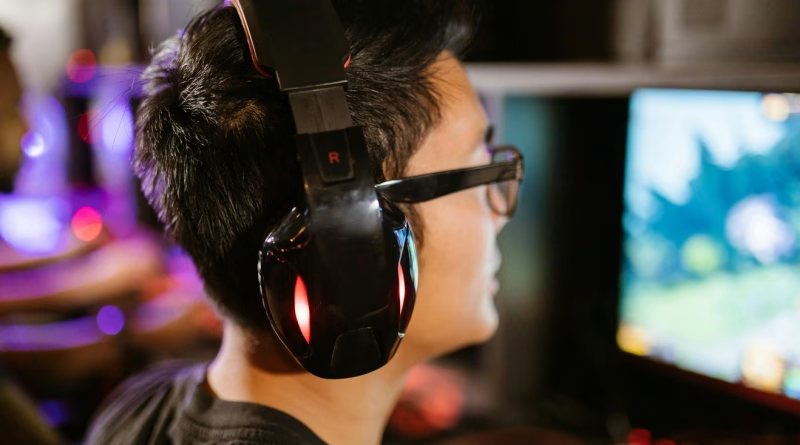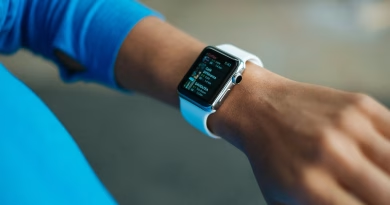Bone Conduction Headphones Review: Hype or Healthy Listening?
If traditional headphones hurt your ears or you want to hear your surroundings during workouts, bone conduction tech might be for you. Instead of pushing sound into your eardrums, these devices vibrate sound through your cheekbones — keeping ears open.
But how’s the sound, really? I tested three of the most popular models. Here’s what I found.
🎧 1. Shokz OpenRun Pro – The Gold Standard
- Pros:
- Clear vocals, surprisingly solid bass
- Super comfortable, lightweight
- IP55 waterproof and sweatproof
- Cons:
- Still struggles with complex music
- Not cheap (~$179)
Best for runners and outdoor gym users who value safety and audio balance.
🎧 2. Haylou PurFree BC01 – Budget Contender
- Pros:
- Decent sound for price (~$70)
- Clean mid-range and podcast-friendly
- Good battery (8 hrs)
- Cons:
- Lacks punch in bass
- Build feels plasticky
A solid entry into bone conduction without breaking the bank.
🎧 3. Mojawa Run Plus – The Sporty Challenger
- Pros:
- Comfortable wraparound fit
- Better sound than most budget options
- Vibration feedback reduced
- Cons:
- Controls a bit finicky
- Not ideal for quiet environments
Good if you want a sporty vibe but care less about crystal-clear sound.
🧠 What Bone Conduction Is Good For:
- Running, cycling, walking
- Working out in gyms with people
- Podcast or audiobook listening
- Avoiding ear fatigue or infections
😬 What It’s Not Great At:
- Deep bass music (e.g., EDM, hip-hop)
- Noisy commutes
- Audiophile-level sound
🏁 Emma’s Verdict
If you want total immersion, stick with traditional headphones.
But for safety, comfort, and open-ear awareness, bone conduction tech has matured — especially models like Shokz OpenRun Pro.
It’s not hype. It’s just a different kind of listening.




